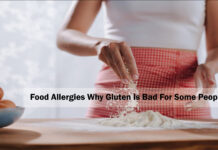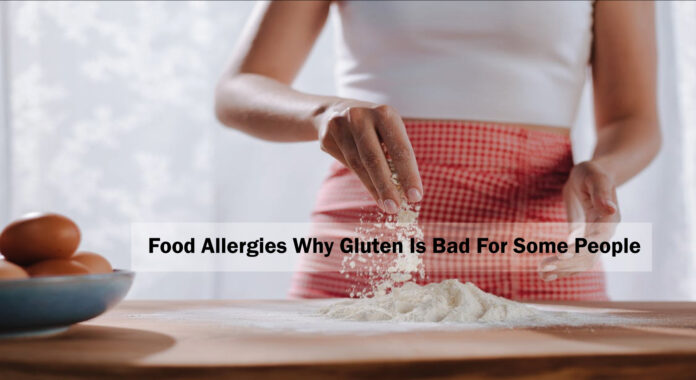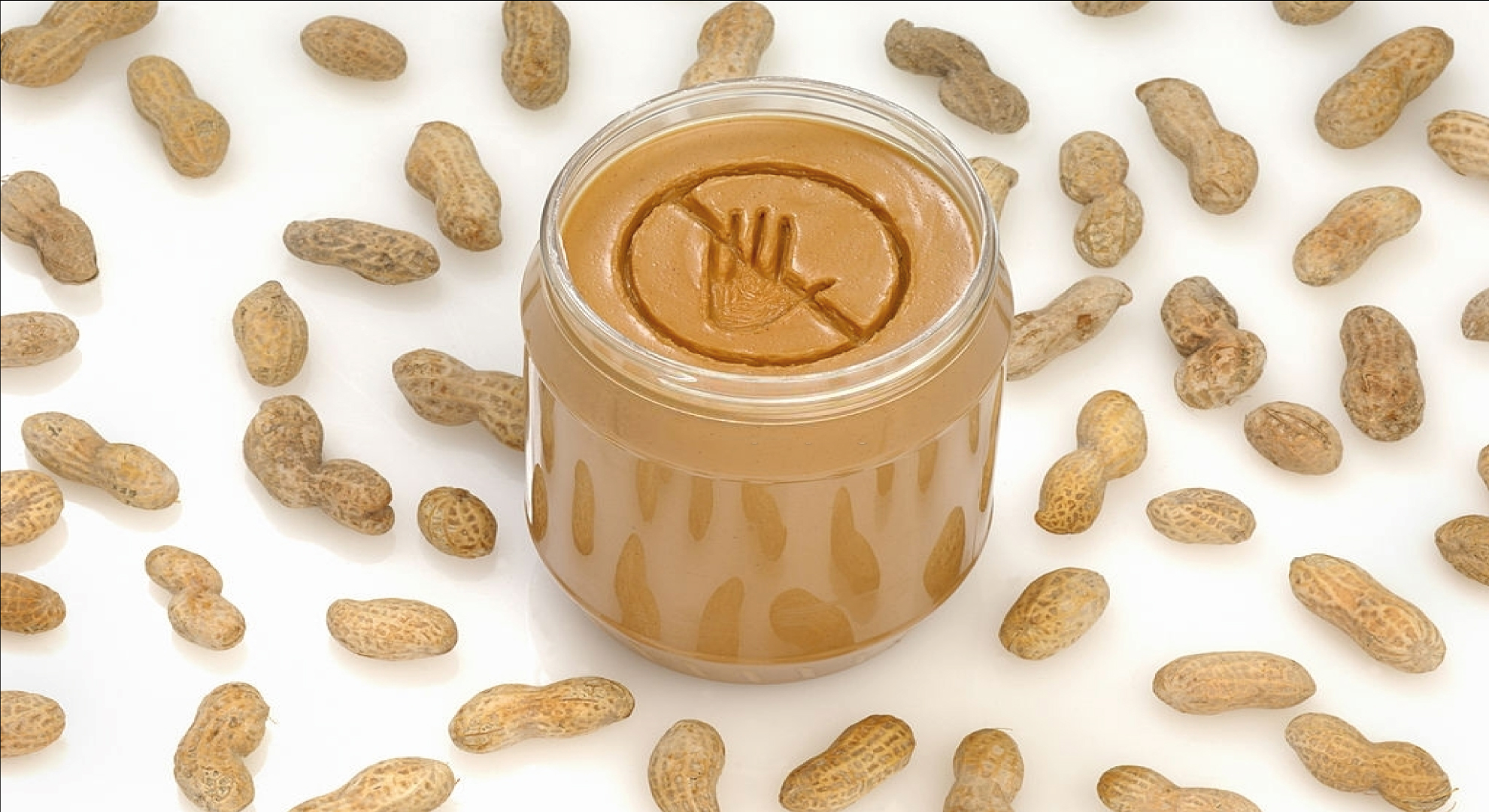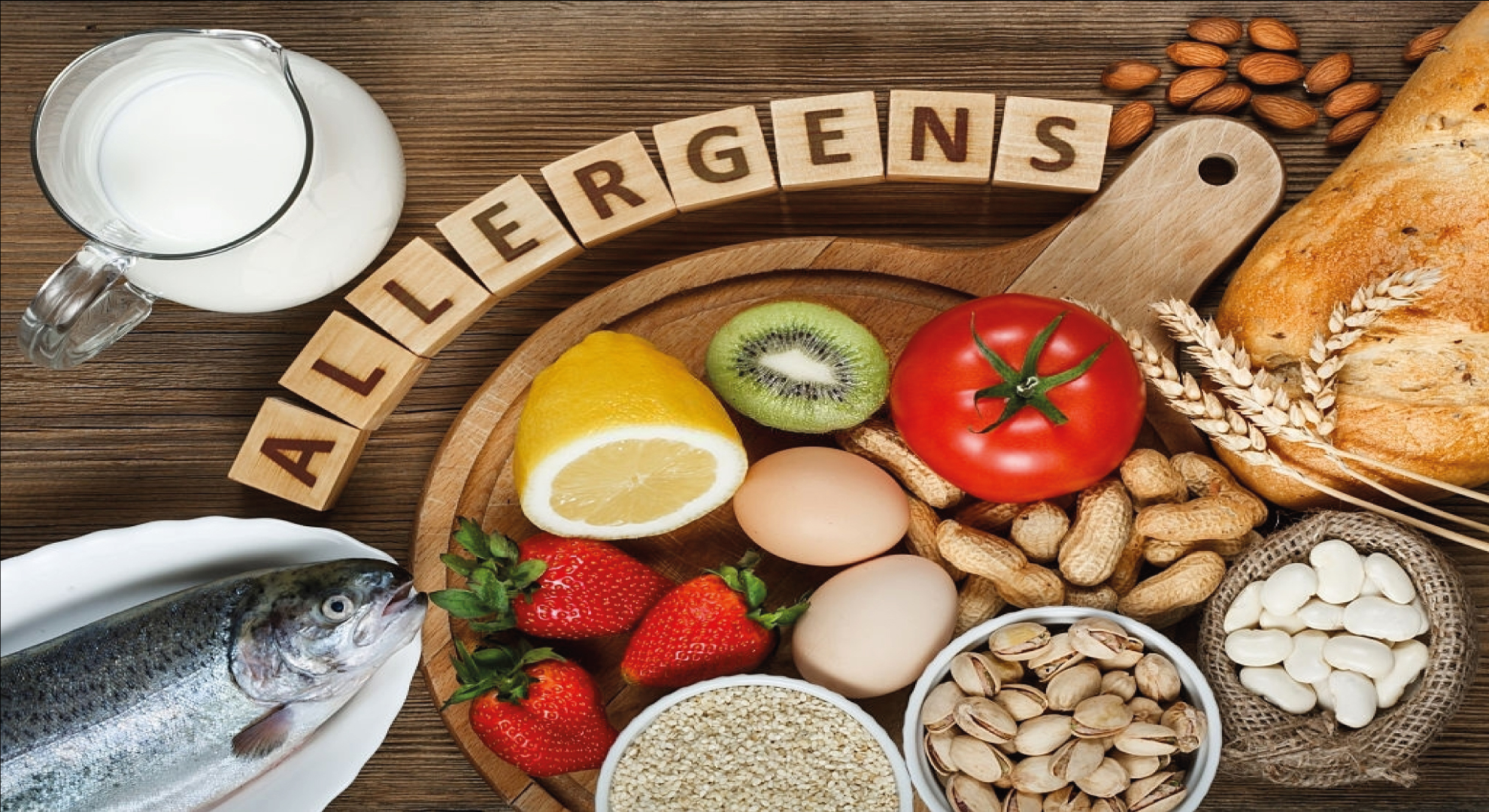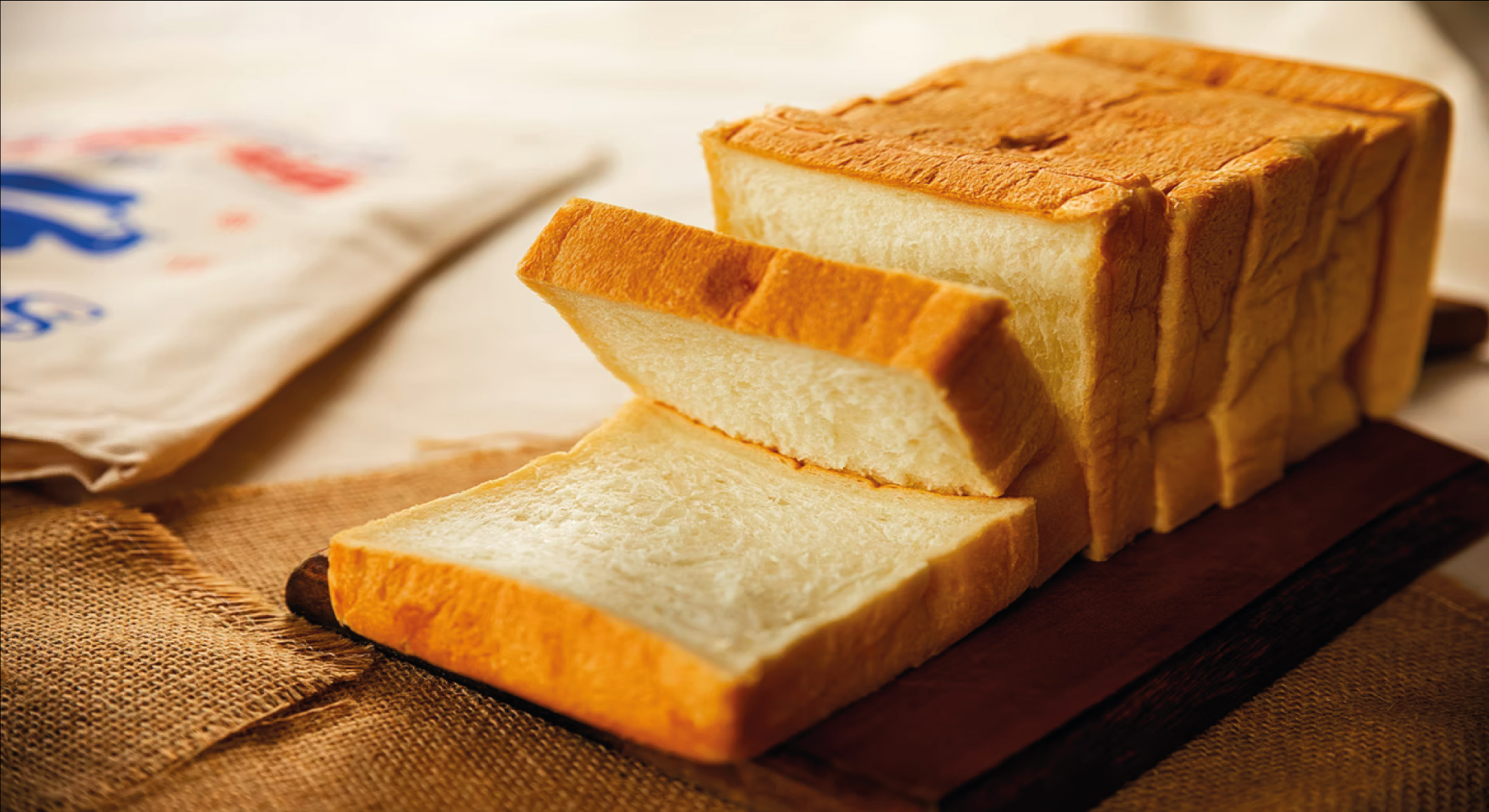A food allergy means the body’s immune response to a particular food. It occurs soon after eating a certain food. A small amount of allergy-causing food may stimulate immune response and cause nausea, vomiting, hives, or swollen airways. Food allergies can also cause a life-threatening reaction called anaphylaxis.
Anaphylactic shock is a severe allergic reaction that is treated immediately with epinephrine. The symptoms of anaphylaxis include constriction of airways, severe drop in blood pressure, rapid pulse, swollen throat, dizziness, and loss of consciousness.
Symptoms of Allergies
Food allergies vary from person to person. Some food may cause allergies in some but not in others. Allergy develops in minutes to two hours after taking particular food.18 Symptoms include itching in the mouth, swelling of lips, face, tongue, throat, or other body parts, difficulty breathing, wheezing, abdominal pain and diarrhea, dizziness, and fainting. Untreated allergies can cause coma and death. Here you will read about food allergies: why gluten is bad for some people?
Mechanism of Allergies
When you eat a particular food, your body’s immune response may identify it as a harmful substance, and in response, antibodies IgE are released, which neutralize the allergen. When the same offending food is retaken, the antibodies sense it and dismiss a chemical mediator called histamine into the blood that causes allergic symptoms. Specific proteins cause food allergies. In adults, it is mainly caused by Peanuts, Fish, Walnuts, and pecans, Shrimps, and crabs. While in children, it is caused by Peanuts, Eggs, Wheat, and Cow’s milk.
Food Allergies: Why Is Gluten Bad For Some People?
Some health experts say gluten is harmful to most people because it contains no essential nutrients. Gluten belongs to a class of proteins found in wheat, grain, rye, and barley. Gluten forms a glue-like consistency when mixed with water and has adverse health effects. Its name comes from a glue-like texture.
Health Problems
Most people have no health problems with gluten. It causes adverse health effects in people with celiac disease, wheat allergy, and gluten sensitivity.
Celiac Disease
It is an autoimmune disease in which the body develops intolerance to gluten. The immune system attacks gluten and the lining of the digestive tract. The digestive tract is damaged, causing anemia and nutritional deficiencies.
Symptoms of Celiac Disease
They include diarrhea, Skin rashes, constipation, headache, tiredness, depression, weight loss, and bloating.
Tests to Find Celiac Disease
There are some tests done to find out the particular disease. These include Blood tests screening for antibodies, and Biopsy from the small intestine.
Treatment
A gluten-free diet is recommended for people with celiac disease. People should mainly eat healthful foods and prevent processed food, cereals, and grains.
Gluten Sensitivity
In some people, gluten causes adverse effects, although they don’t have celiac disease. The condition is gluten sensitivity. Symptoms include diarrhea, stomach pain, tiredness, depression. It is believed that gluten causes adverse effects that lead to the symptoms of gluten sensitivity.
Wheat Allergy
About 0.2 to 1 percent population may face wheat allergy that leads to digestive problems after gluten consumption. It is noted that individuals with schizophrenia, autism, and gluten ataxia may benefit from a gluten-free diet.
Gluten-Free Diet: The Only Solution
There is no harm in removing gluten from your diet because it contains no nutrients. If gluten is removed from the diet, adequate carbohydrates must be taken, or it could cause inadequate fiber, calories, and vitamin B intake. Foods high in gluten include Wheat, Rye, Barley, Bread, Pasta, Cereals, and Cakes. Whereas Gluten-free food includes rice, buckwheat, dairy products, fruits, vegetables, fish and seafood, nuts, meat, legumes.

